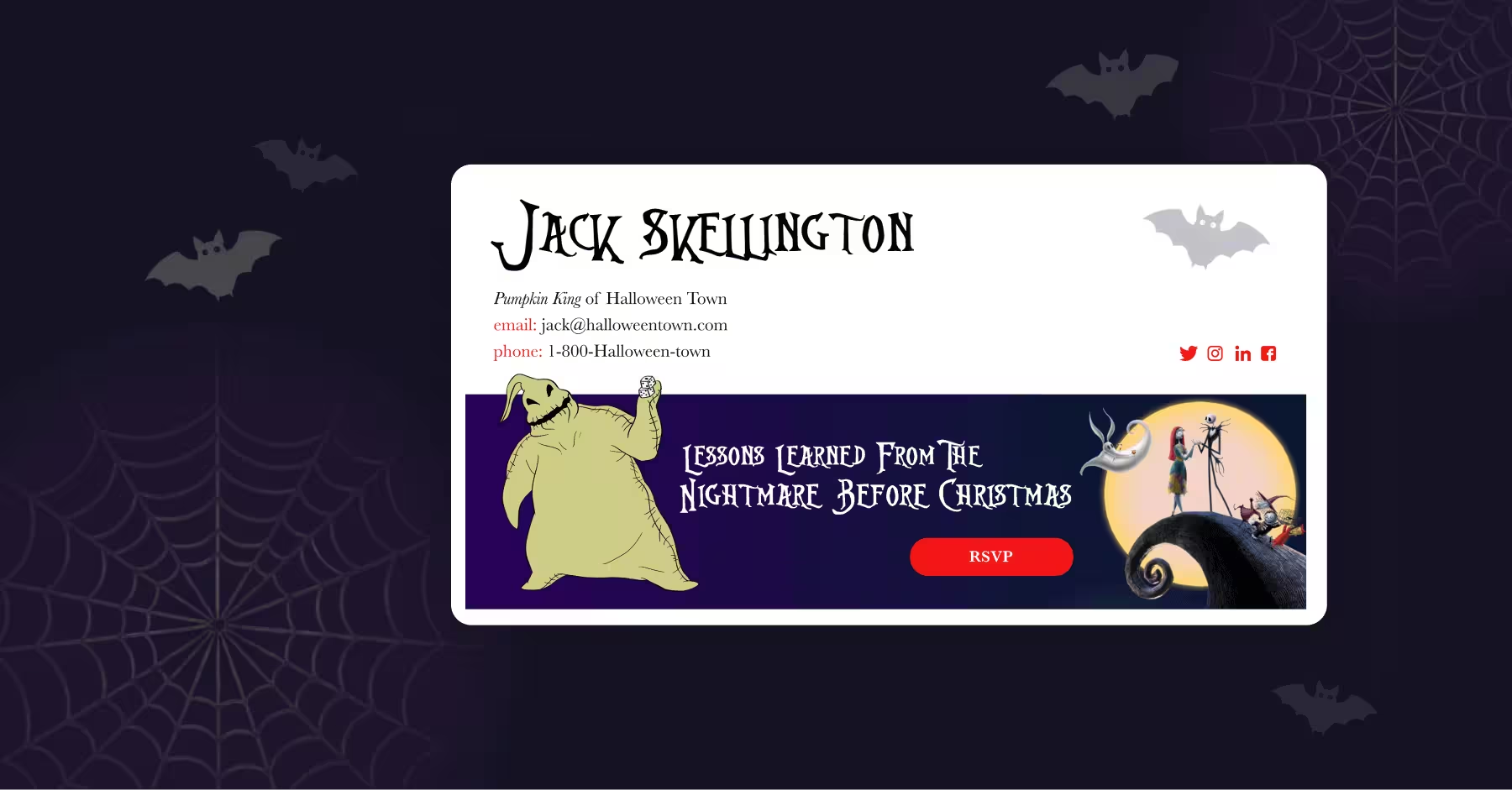
6 Ways Your Email Signature Can Butcher Your Brand
Your employees engage with customers, partners, vendors and friends daily via email. With the right call-to-action, every outbound email is an opportunity to turn those email recipients into brand advocates, website visitors, social media followers, or customers. Your email signature is valuable real estate. However, if you're not following a few tips, it may be working against you in terms of marketing efforts, lost sales, GDPR compliance, and so much more.
Here are six ways your email signature may be hurting your brand.
#1 Lengthy or Irrelevant Legal Disclaimers
Despite the ongoing debate about whether a legal disclaimer in an email signature is enforceable or legally binding, it's widely accepted that it can help limit legal exposure. However, it is best to keep it simple.
The email signature disclaimer should focus on everything you need to say instead of everything you want to say. It's better to have one or two lines of a legal disclaimer and then a link to the rest where people can continue to read the fine print if they are interested in doing so. Otherwise, the disclaimer can be a distraction to the rest of your message, can negatively impact your CTA, or it can be overlooked all together.
#2 Questionable GDPR Compliance
General Data Protection Regulation (or GDPR) is an EU law that regulates data protection and privacy for individuals within the European Union. Whether you are located in the EU or not, if you do business online, you're at risk. It's obviously best to err on the side of caution when it comes to protecting customer data. Further, your ability to keep customer info safe significantly impacts your own brand.
GDPR raises a ton of questions around what's acceptable or not, but one thing is clear: the fines for non-compliance are significant and can be devastating to any business. You should consult your legal and /or compliance team, but there are a few things that can jumpstart your GDPR compliance (including a clear opt-in / opt-out process with every email sent from your organization).
#3 Outdated Promotions or Campaigns
Email signatures are a great place for promoting campaigns or promotions. However, it's important to look at your signature on a regular basis to make sure that the promotions are current. Promoting events that have taken place already or discounts that are no longer valid can have several negative effects. Aside from wasting the valuable space at the end of your email, you also risk appearing unorganized, or with a lack of attention to details, or simply lazy. Keeping your content fresh will ensure your readers always have interesting and relevant information about your brand at their fingertips.
#4 Single, Large Images
If you have a single image that includes all of your details, such as your company logo, your name, your email address, and everything else, it can cause some trouble (aside from looking clunky and outdated). The first issue is that the image could cause your email to be marked as spam, which means your email will never make it to the intended recipient. Second, you can't include multiple URLs, which means you limit the amount of information you can share or the ways people can connect with you on your website or social media platforms. Lastly, embedded images may show as an attachment as opposed to being in the body of the email, and let's face it - you look a bit like an amateur when that happens.
#5 Not Optimizing for Mobile
From answering emails on the fly, to having a mobile app for everything, we live in a mobile-first world. With over half the world reading their emails on a mobile device, it's never been more important to optimize your communications for mobile. This is especially critical for your email signatures to make sure the layout, size, and font work on popular smartphones and tablets.
#6 Overall Poor Design
Aesthetics are important. We gravitate to the things we like - whether it's our favorite colors, a simple or bold layout, or an image that takes us back to a special place. Your email signature is a great place to use your brand colors or font. It's important to make sure the elements work well together and do not use too many colors or fonts. Consider using line breaks to make the text more readable. Also, most email providers look at the text to image ratio, so be sure to keep the ratio in check to avoid being sent to spam.
You can accomplish a lot with your email signature. Always test how your email signature looks on different devices – otherwise, it may be working against you. Want to learn more about email signature marketing? Contact us today to set up a consultation.


.svg)



.svg)



